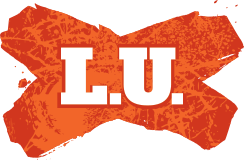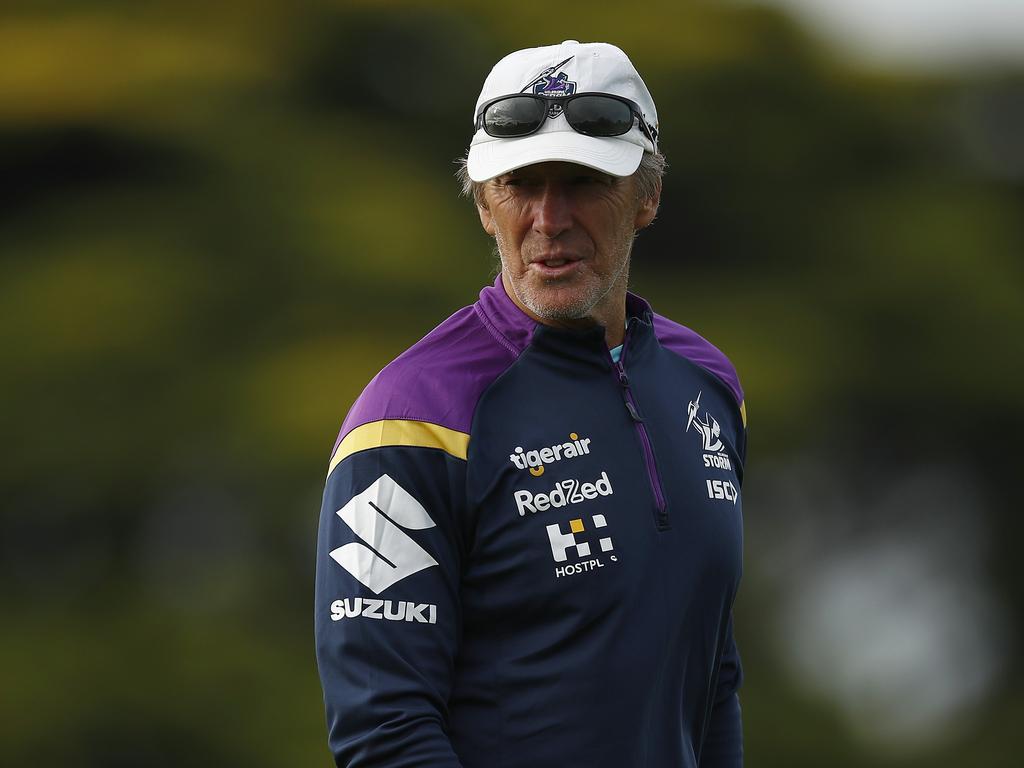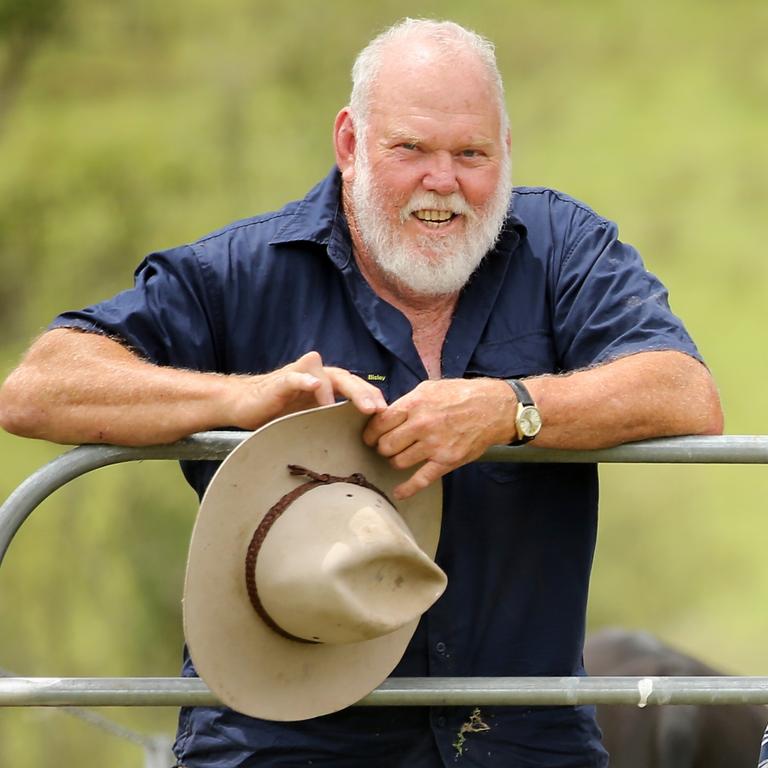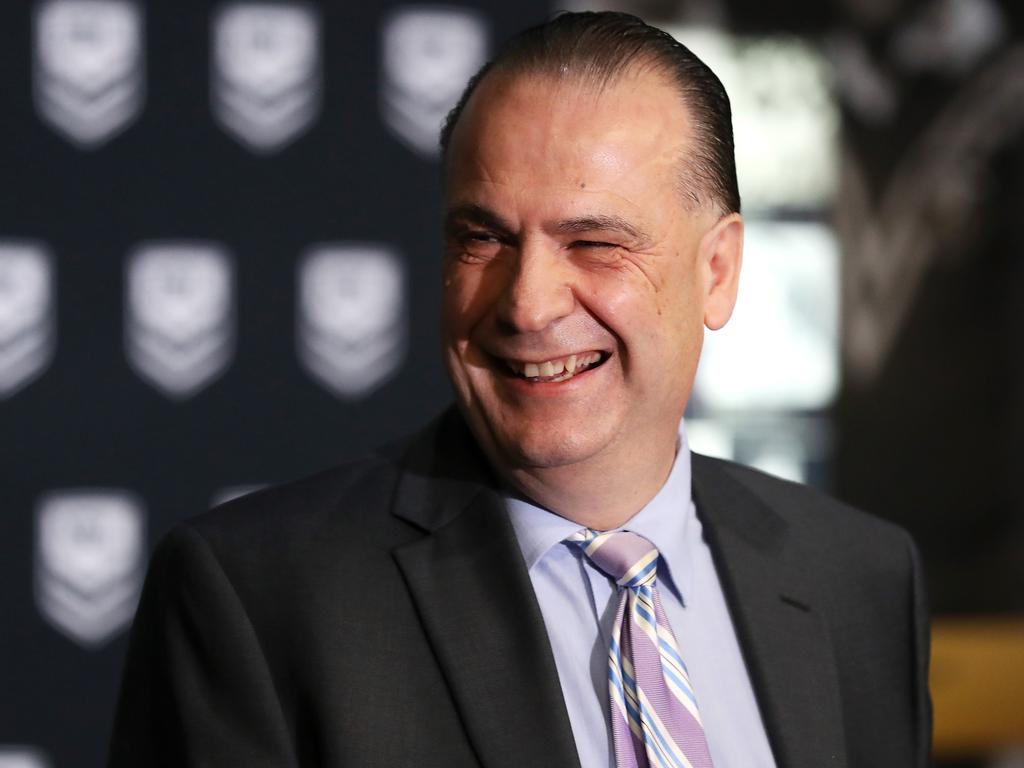AFL invasion of country footy means expansion goalposts have well and truly moved
Before we worry about the alleged inequities of any NRL conference system let’s ask where will the talent come from to fill two teams writes Paul Kent.
The solution to both is there in front of us.
A day after
news broke about a dual-conference system in the NRL, Craig Bellamy is on the phone and we are talking about what seems to be one of the great concerns about this idea of expansion.
Bellamy’s concern is like that of almost all the coaches, which is a lack of talent to spread across all 17, and perhaps eventually 18, teams.
This competition is already divided into teams that can win the premiership and those struggling to improve, and already the NRL is talking about adding one and then another team who, under the rules of simple mathematics, means they are adding the 481st- to 540th-ranked best players in the land.
Storm head coach Craig Bellamy doesn’t think there is enough talent to fill two new teams in the NRL. Picture: Daniel Pockett/Getty Images
For those a little mathematically challenged, the first 480 are already contracted to the 16 NRL clubs.
How does that make the competition better?
Bellamy is worried there is not enough good players to spread across the NRL already.
“Back in the day when you and I played,” he says, generously assuming I had a day, “all you could do was play footy.
“Nowadays there’s so many other things they can do.”
He starts talking about Melbourne’s game against Penrith in Bathurst in 2019 and of their bus trip after the game, driving through the dark streets of Bathurst when suddenly the world lit up.
Bellamy grew up not far away, at Portland just outside of Lithgow, hidden behind the Wallerawang Power Station.
And here out of the darkness rose an AFL field lit up like the cornfield in Field of Dreams, with grass you could play snooker on.
Next to it was a smaller AFL ground.
“The AFL have spread their wings all through our areas,” Bellamy says. “They had two AFL grounds.”
Retired NRL great Noel Cleal has spoken about his fears for bush footy. Picture: Nathan Edwards
Two AFL grounds. He could not believe it. There wasn’t an AFL competition in the central west when Bellamy grew up and now they have these two big beautiful AFL grounds, shining like diamonds, as the AFL marches across rugby league heartlands.
Then, in the same week, Noel Cleal, bush football’s greatest patriot, declares he has not seen bush football in a worse state in his 50 years of involvement with the bush.
The two are most definitely related, and the NRL need to realise this as soon as possible.
Bush clubs are dying through lack of player numbers. Competitions are folding or merging because it no longer seems fun beating up on the same two clubs in a three-team competition.
Where towns once had second and even third grades now they struggle to put out a first grade competition, age-group football is shrinking.
Over the years, the NRL and previously the ARL have offered any number of reasons why this is so, the arc bordering from arrogance to incompetence.
All the way back in 1994 I wrote a column when it had already begun. It was clear then the game was already in some decline.
The column asked why the Australian Rugby League was spending $1.5 million a year on development in country NSW and country Queensland while the AFL was already spending $6 million, four times as much, in the same areas.
The ARL scoffed at the AFL’s stupidity.
Australian Rugby League Commission Chairman Peter V’landys must walk a fine line between expansion of the NRL and hurting country football. Picture: Mark Kolbe/Getty Images)
Those are rugby league heartlands, they said, and the AFL is dreaming if they ever think they will have a presence there.
And now you think of Bellamy’s AFL goalposts in Bathurst.
Whenever I got letters or emails after that from good country people worrying about the state of the bush game I would ask the NRL what they were doing and the answer was a broad brush response that did nothing.
“It’s not just bush football that’s dying,” they’d say, “the bush is dying.”
In other words, nothing we can do. Even if, in some towns, they were right. Kids were fleeing to the city.
But the trick is to adapt and move forward, which they never seemed too bothered with.
Or perhaps had no answers. Or maybe it was too tough, the job too big.
Some years later, AFL boss Andrew Demetriou called in the heavy hitters in his game and, in a secret meeting, declared they were going to take on rugby league.
Demetriou explained they were going to take a subversive approach, borrowed straight from a military textbook.
We are going to go after the hearts and minds of the mothers, he said, and we are going to take their land.
So the AFL approached councils like the one in western Sydney, who oversaw a dusty, yellow-grassed eyesore some called a footy field and the AFL offered to resurface the entire oval and then pay for a greenkeeper to maintain the ground every week.
With there being no such thing as a free lunch, the council asked what they wanted in return.
“Just take down the rugby league posts and put up AFL posts,” the AFL said.
That was it.
And now you think of Bellamy’s AFL goalposts.
The AFL was launching a 20-year war, going after the next generation.
And now as the game tries to expand at the top they wonder why there might not be enough talent to go around.
The two are clearly related.
The answer is not merely expensive academies for elite talent, which helps the NRL clubs mostly. The NRL already has the elite players, the quiet truth being they now come from a dwindling pool.
The answer is participation, winning back all that ground surrendered to the AFL.
Only strength through numbers will make the game thrive, and it needs a whole of game approach to achieve it.
https://www.dailytelegraph.com.au/s...d/news-story/a4aed11b04f04041c6879f76d899831e



